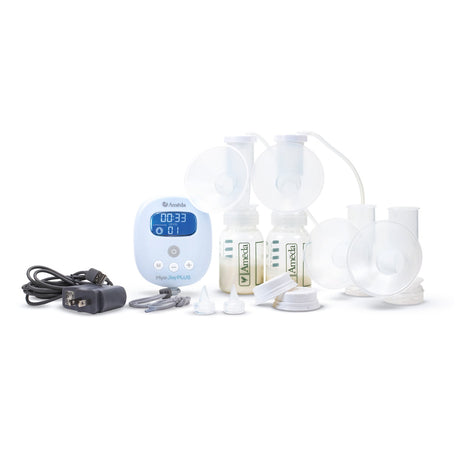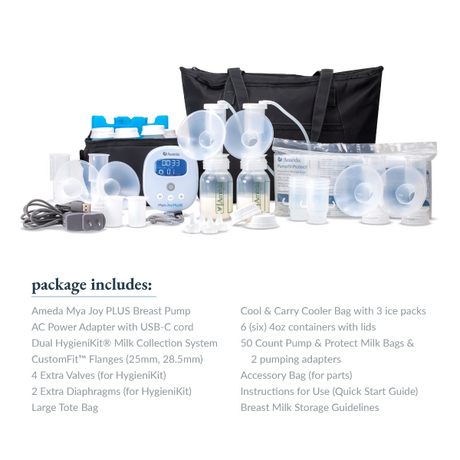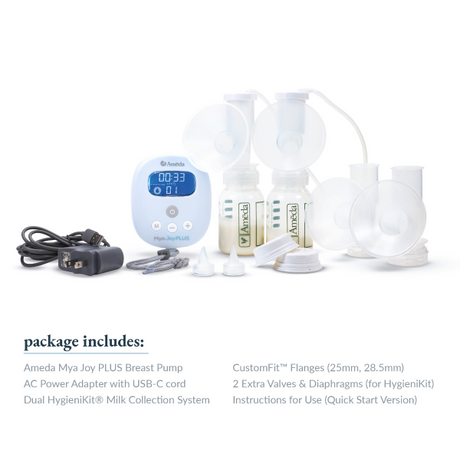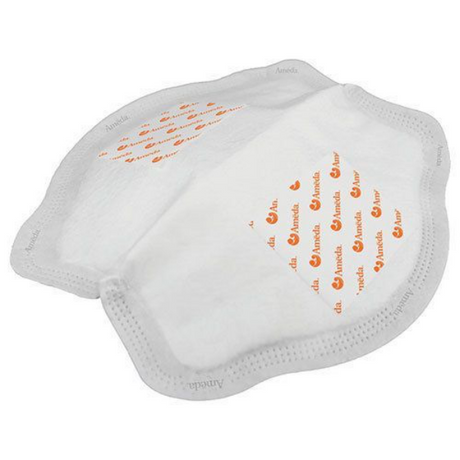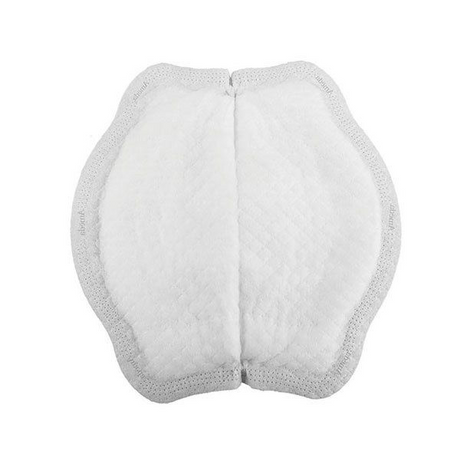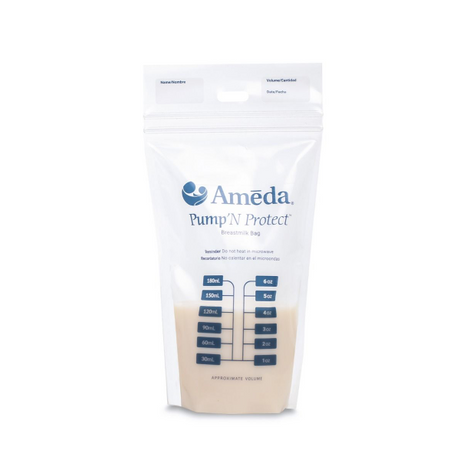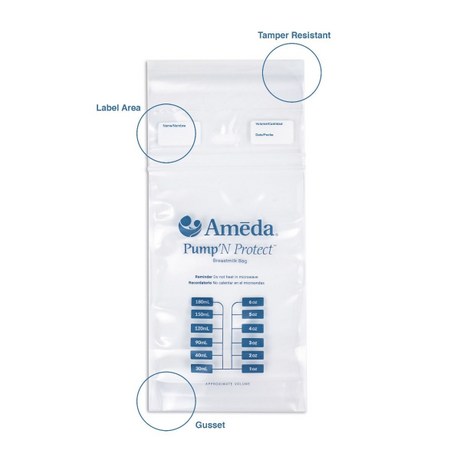Published:
The importance of breastfeeding and the challenges breastfeeding mothers face is recognized by leading organizations and backed by government actions. Their support ranges from providing clinical guidance and recommendations to information on federal mandates and tax deductions.
Support for Breastfeeding From Leading Organizations
American Academy of Pediatrics
In 2012, the American Academy of Pediatrics reaffirmed its belief in the importance of breastfeeding with its recommendation that “…babies be exclusively breastfed for about the first 6 months of life...babies should continue to breastfeed for a year and for as long as is mutually desired by the mother and baby.”1
World Health Organization
The World Health Organization offers support for breastfeeding and recommends that “infants should be exclusively breastfed for the first six months of life to achieve optimal growth, development and health.” Additionally, “…infants should receive nutritionally adequate and safe complementary foods while breastfeeding continues for up to two years of age or beyond.“2
National Initiative for Children’s Healthcare Quality
National Initiative for Children’s Healthcare Quality, with support from CDC, is leading a nationwide partnership with Baby-Friendly USA to improve support for mothers’ infant feeding decisions. Hospitals awarded Baby-Friendly designation have successfully implemented the American Academy of Pediatrics-endorsed Ten Steps to Successful Breastfeeding.3
The Joint Commission
Effective January 1, 2014
The Joint Commission mandates the Perinatal Care Core Measure set which includes exclusive breast milk feeding.5
Support for Breastfeeding Through Government Actions
US Affordable Care Act
August 1, 2012
“Pregnant and postpartum women have access to comprehensive lactation support and counseling from trained providers, as well as breastfeeding equipment. Breastfeeding is one of the most effective preventive measures mothers can take to protect their health and that of their children. One of the barriers for breastfeeding is the cost of purchasing or renting breast pumps and nursing related supplies.”6
Employers are required to provide “reasonable break time for an employee to express breast milk for her nursing child for one year after the child’s birth each time such employee has need to express the milk. Employers are also required to provide a place, other than a bathroom, that is shielded from view and free from intrusion from coworkers and the public, which may be used by an employee to express breast milk.” (amended portion of Fair Labor Standards Act).7
US Surgeon General's Call to Action
January 20, 2011
“I have issued this Call to Action because the time has come to set forth the important roles and responsibilities of clinicians, employers, communities, researchers, and government leaders and to urge us all to take on a commitment to enable mothers to meet their personal goals for breastfeeding. Mothers are acutely aware of and devoted to their responsibilities when it comes to feeding their children, but the responsibilities of others must be identified so that all mothers can obtain the information, help, and support they deserve when they breastfeed their infants.”8
Internal Revenue Service (IRS)
February 10, 2011
The IRS approves breast pumps and accessories as tax deductible.9
References
- BREASTFEEDING AND THE USE OF HUMAN MILK, 2012, Available at: http://pediatrics.aappublications.org/content/129/3/e827.full.pdf, accessed 3/21/13.
- THE WORLD HEALTH ORGANIZATION’S INFANT AND YOUNG CHILD NUTRITION, YEAR Available at: http://apps.who.int/gb/archive/pdf_files/WHA55/ea5515.pdf, accessed 3/21/13.
- BEST FED BEGINNINGS, IMPROVING BREASTFEEDING SUPPORT IN U.S. HOSPITALS, 2012, Available at: http://www.nichq.org/our_projects/BFB%20One-Pager%20March%202012%20FINAL.pdf, accessed 3/21/13.
- HEALTHY PEOPLE 2020: BREASTFEEDING OBJECTIVES, 2010, Available at: http://www.usbreastfeeding.org/LegislationPolicy/FederalPoliciesInitiatives/HealthyPeople2020BreastfeedingObjectives/tabid/120/Default.aspx, accessed 3/21/13.
- THE JOINT COMMISSION EXPANDS PERFORMANCE MEASUREMENT REQUIREMENTS, 2012, Available at: http://www.jointcommission.org/the_joint_commission_expands_performance_measurement_requirements/, accessed 3/21/13.
- AFFORDABLE CARE ACT RULES ON EXPANDING ACCESS TO PREVENTIVE SERVICES FOR WOMEN, 2011 Available at: http://www.healthcare.gov/news/factsheets/2011/08/womensprevention08012011a.html, accessed 3/21/13.
- S. DEPARTMENT OF LABOR WAGE AND HOUR DIVISION (WHD) BREAK TIME FOR NURSING MOTHERS, 2010 Available at: http://www.dol.gov/whd/nursingmothers/, accessed 3/21/13.
- THE SURGEON GENERAL’S CALL TO ACTION TO SUPPORT BREASTFEEDING, 2011 Available at: http://www.surgeongeneral.gov/library/calls/breastfeeding/calltoactiontosupportbreastfeeding.pdf, accessed 3/21/13.
- PART IV – ITEMS OF GENERAL INTEREST, LACTATION EXPENSES AS MEDICAL EXPENSES, 2011, Available at: http://www.irs.gov/pub/irs-drop/a-11-14.pdf, accessed 3/21/13.


